Samsung with this year s QLEDs will force competition to huge investments
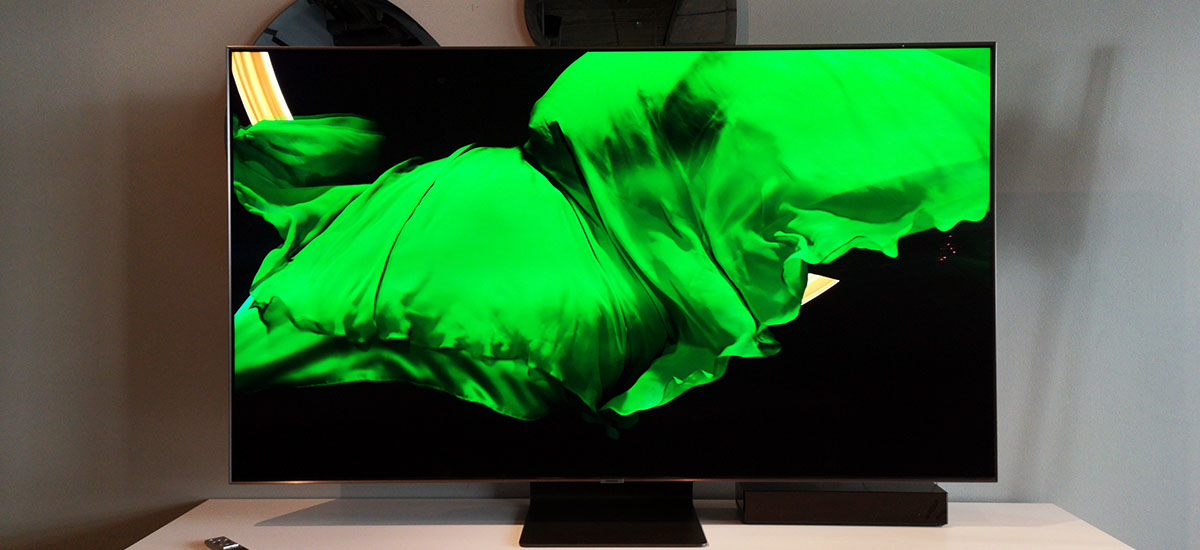
Samsung QLED TV sets have been setting not one and several quality standards on the market for smart TVs for some time now. This year, however, these items are something from a completely different story. Or rather from a science-fiction story.
I am sitting on the presentation of the huge Samsung QLED 8K Q950 TV. The representative of Samsung tells the gathered audience about how this device uses artificial intelligence algorithms to reconstruct the image from a lower resolution. Boredom. Not because the technology itself is boring (on the contrary!), But we have been listening to it for several months .
I have seen several, if not more than a dozen presentations, in which the 4K or 1080p high-speed image is processed by Samsung's chips to play it in 8K. The problem is that the transition from 4K to 8K is not so noticeable for the viewer. Although this technology is not impressive in its essence, its impact on the reception of content on the screen is relatively modest. Boring this presentation. Time discreetly check notifications on your phone.
At some point during the playback of a really beautifully looking video with the landscape and setting sun on the 85-inch 8K display, the presenter asks us to guess where the source material comes from. There were some minor flaws in the picture (solar burns, reminiscent of compression artifacts), so someone ventured that it was an uncompressed video file in Full HD. " No, it's YouTube, at 720p ," the host replied. I did not take my word for it until it showed the application interface. Just wow.
SI algorithms for image reconstruction will also go to QLED 4K televisions.
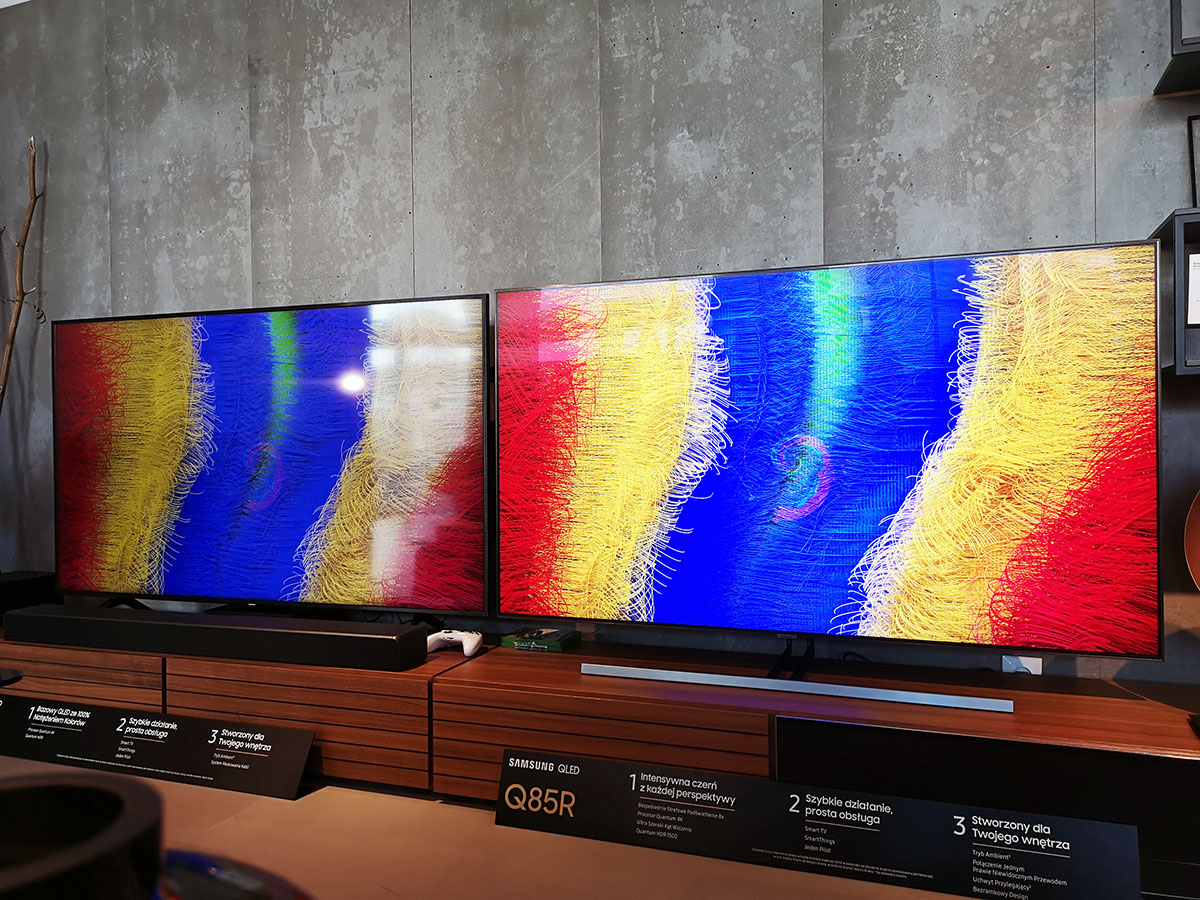
Artificial reconstruction of a 4K image to 8K resolution is a solution to the problem that Samsung has created itself. These sophisticated artificial intelligence algorithms in QLED 8K Q950 were created primarily to make any sense of buying this TV. In Poland, no content is available in 8K, and only a handful of entities around the world. If it were not for these algorithms, there would be absolutely no benefit from having a matrix working in 8K.
So far, Samsung's presentations have primarily emphasized the effectiveness of reconstruction to 8K. However, the level of their advancement in increasing the resolution of materials from low-resolution web streams absolutely changes the narrative. Out of curiosity for the greatest enthusiasts, technology is becoming something that solves a very real problem that affects most of us.
We live in transitional times. VoD displaces the physical medium, although it offers much less for enthusiasts.
Netflix and his ilk are a wonderful invention. Just a few clicks with the remote control and our favorite movie and series are already flying. Without paying, the subscription deals with everything. No wonder we are so happy to leave Blu-ray discs in favor of streaming. The problem is that the Internet is not yet ready to offer content in the same quality as the physical medium. VoD service providers use a variety of sophisticated algorithms for lossy image compression to reach as many customers as possible.
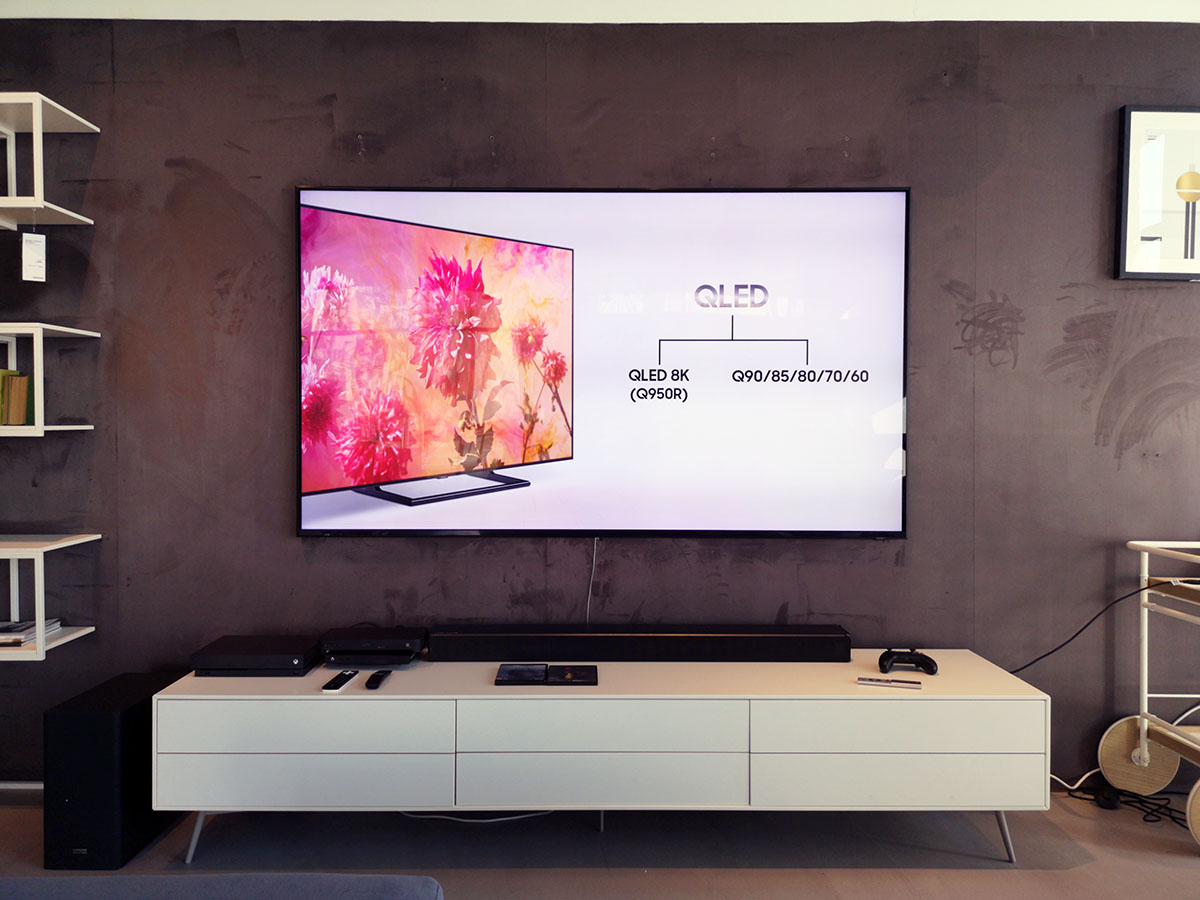
Not to be groundless. Netflix's 4K stream is served to our TV with a bandwidth of about 20 Mb / s. For comparison, an ordinary Blu-ray disc (ie not 4K, and Full HD) is about 40 Mb / s. Blu-ray UHD provides up to 128 Mb / s. In other words: the Netflix stream in 4K contains twice as much information about the image and sound as the data from the Blu-ray disc and six times less than the data from the UHD Blu-ray disc. Of course, there is quality.
And yet we do not only watch Netfliks or Prime Video. YouTube uses even higher levels of compression, and often the content on it does not go beyond the HD resolution. This year QLEDs with the Quantum 4K system will try to bring us closer to the quality of the physical carrier. Is it effective? We will find out by borrowing these test equipment, but if the results are as promising as the Samsung presentation for journalists, it changes a lot. The effect is staggeringly good.
In the fight for perfect blackness and open standards. With mixed effect.
Samsung, not wanting to become addicted to the monopoly on the market of OLED matrix manufacturers, continues to develop LCD technology, achieving at the same time extremely impressive results. The biggest problem with LCD matrices is their contrast caused by the necessity of lighting them. This year's QLEDs have a way to do this - at least at presentations for the media - it worked very effectively. Black on the display seems to be perfect, even in the vicinity of bright and colorful elements.
However, there is no black magic or other sorcery behind it, and a very complex system of direct zone illumination, which will be present in the Q70 and higher models (with the higher the model, the more these zones). Could QLED get closer to OLED TVs in the context of contrast? If it turned out, it would be an interesting change on the premium TV market. Although I'm afraid that QLEDs that offer such a good contrast will be from OLEDs ... much more expensive.
With the conclusions, let's wait for the tests of individual models. And it is worth remembering that Samsung's QLEDs offer very high image brightness, which is particularly noticeable when viewing HDR content.
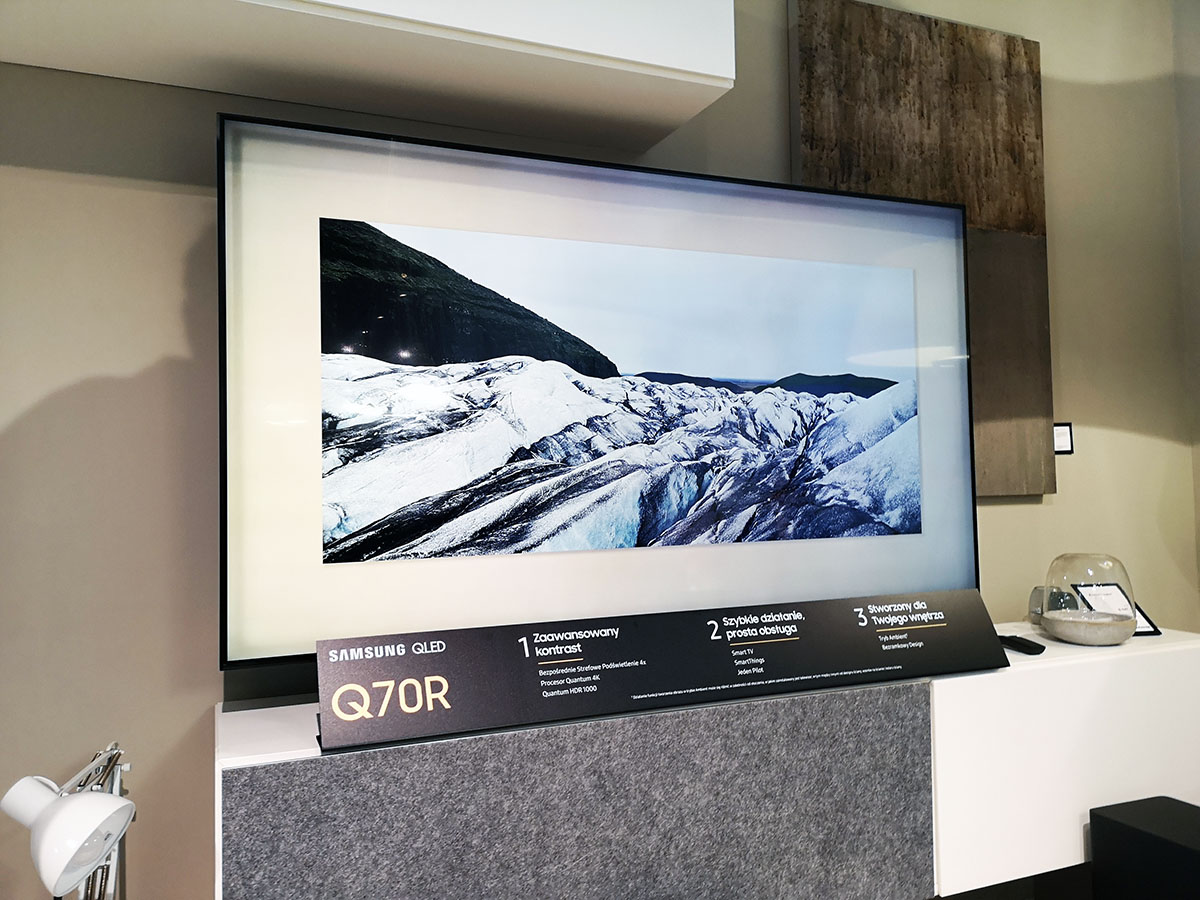
Innovations in LCD technology and defense of the market against the monopoly of one supplier of components are undoubtedly activities for this market beneficial (as an OLED enthusiast I still have doubts whether effective, but ... we will see), but "his defense against paid and proprietary standards" in practice it does not go so well anymore. Samsung continues to insist on promoting the open HDR10 + format as an alternative to proprietary and paid Dolby Vision. Both formats are the proposed successors of the current HDR10. Samsung TVs still do not support Dolby Vision and they will not operate. Although most of the content on Blu-ray and VoD discs is mastered in this second format. It is a pity, because other manufacturers give users a choice.
Not only the image quality. Samsung TV sets are invariably a mine of good ideas.
Once again, these TVs are very comfortable to use due to the well-designed Tizen. The One Connect is still used in the more expensive QLED models, that is, a wonderful patent consisting in separating part of the TV's electronics to the outside, collecting unsightly cables and hidden in the RTV cabinet of the device.
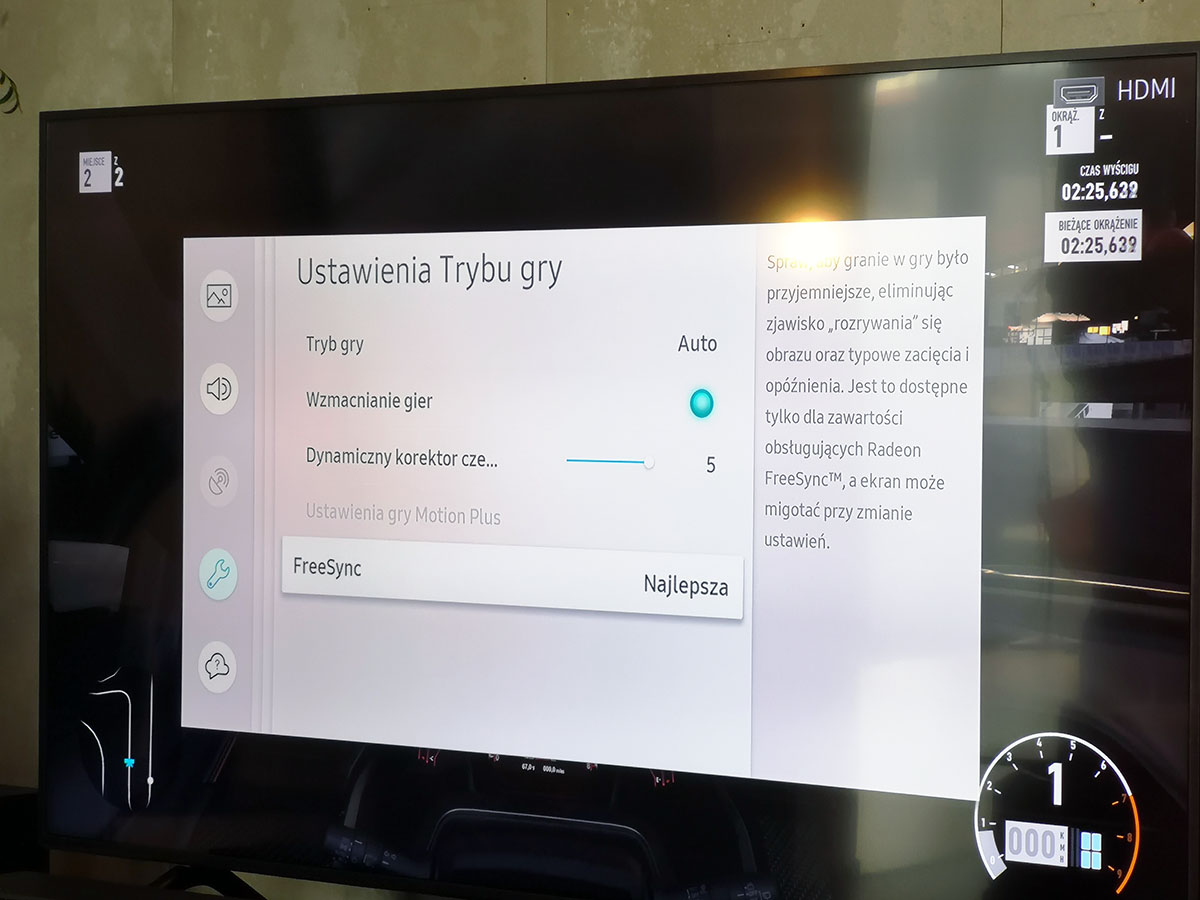
There are still new innovations for the players in the Game Mode, this year it is (optional) smart zoned conquering the brightness of very dark objects in games. And let's not forget that this year's QLEDs are able to work with the Apple AirPlay 2 protocol and as the only one will allow you to view iTunes content for a while.
The most important, however, seems to be the algorithm of content reconstruction at low resolutions mentioned at the very beginning. Because even if it turns out that Sony, LG, Philips or Panasonic in their this year's models offer even higher image quality than QLEDs, they will still display flawed source materials from YouTube or Netflix. Which QLED 2019, at least in theory, will tune to a level that is, for a competition - even if hypothetically better - unattainable.
Samsung with this year's QLEDs will force competition to huge investments
Comments
Post a Comment